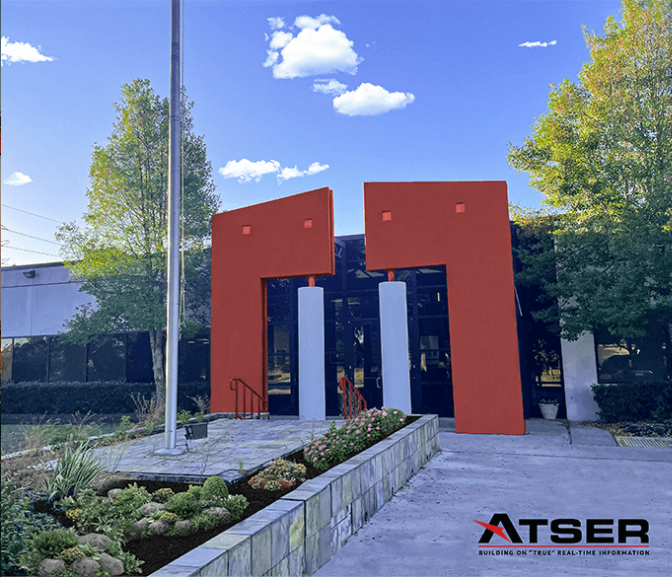

About ATSER
ATSER®, established in 1993 by CEO Dr. David Frederick Martinez, is a premier provider of project management, laboratory information management, and field management software solutions. The company offers a comprehensive suite of user-friendly and scalable solutions for construction projects and commercial labs, including project management systems, quality management systems, construction management systems, and document management systems.
In commemoration of its remarkable 30-year journey, ATSER is steadfastly dedicated to providing cutting-edge solutions and exceptional customer service to a diverse range of agencies and businesses across the entire nation.
The success of ATSER can be traced back to its proactive approach, which involves not only listening attentively to valuable client feedback but also staying finely attuned to the dynamic shifts in industry trends. This meticulous attention to client needs and market dynamics allows ATSER to prioritize effective management strategies, seamlessly integrating comprehensive, scalable, flexible, and low-risk solutions into its repertoire. The extensive suite of services offered by ATSER, tailored to meet the intricate demands of construction projects and commercial laboratories, further exemplifies its commitment to excellence and user-satisfaction.

